- High End Gypsum Board System Solution Provider
Is it a trend to install elevators in old-fashioned buildings? First, understand the gypsum board shaft system of the elevator shaft
In recent years, the government has spared no effort in promoting policies related to the installation of elevators in old-fashioned buildings, and has also tried various installation methods and coordinated policies to encourage the installation in many places. Although different plans have mixed reviews, relevant policies are still steadily advancing. In this article, Jason's gypsum board editor will elaborate on one of the components of an external structure box elevator, the gypsum board shaft system, and explain the entrance of the elevator shaft.
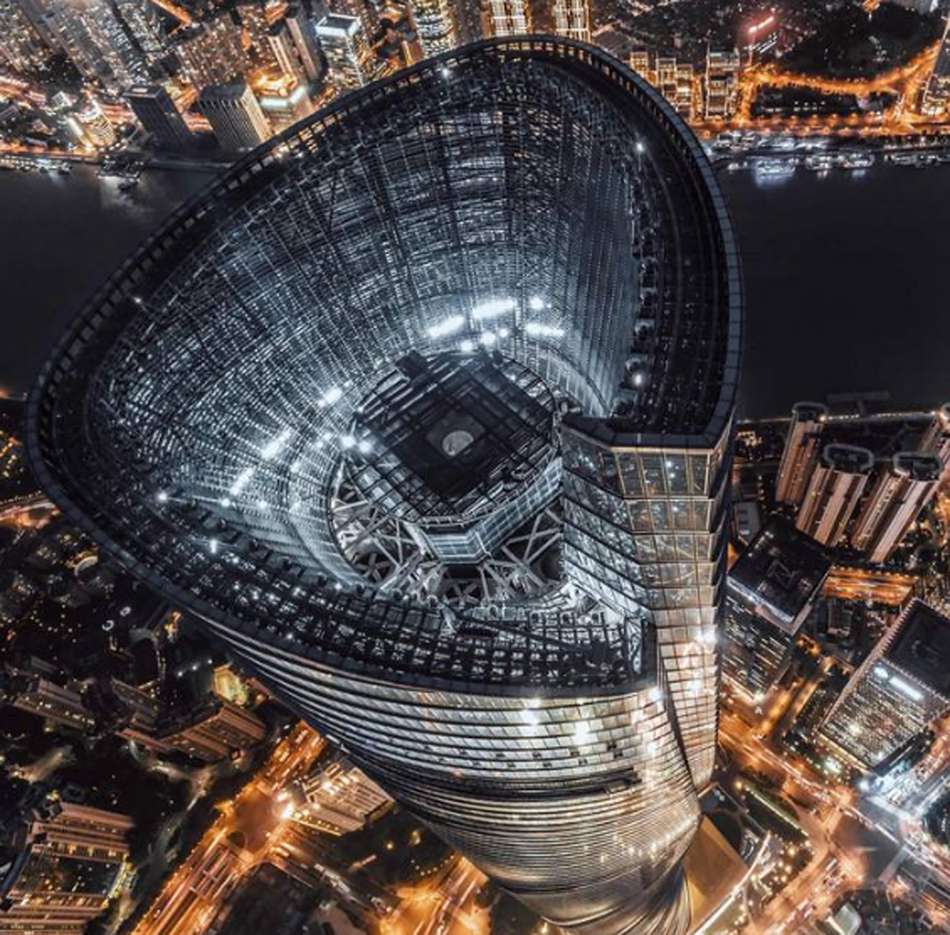
In fact, in my personal opinion, compared to the external structure box type elevator, for the renovation of old buildings, if we want to meet the convenience of elderly people going up and down stairs, a more practical one is actually the built-in staircase seat type elevator, which is currently commonly used in the decoration of private villas.
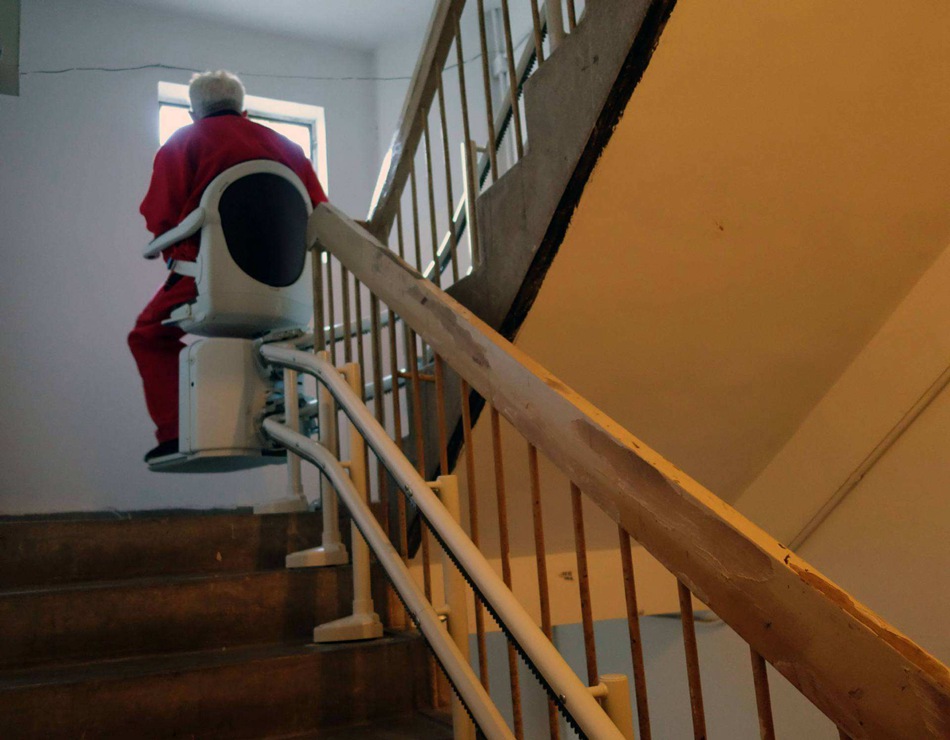
The relative installation and maintenance costs are much lower than those of external elevators, and the only drawback is that riding on them is relatively time-consuming. At the same time, there is a major issue with the external structure of box type elevators, which is the impact of noise on residential buildings.
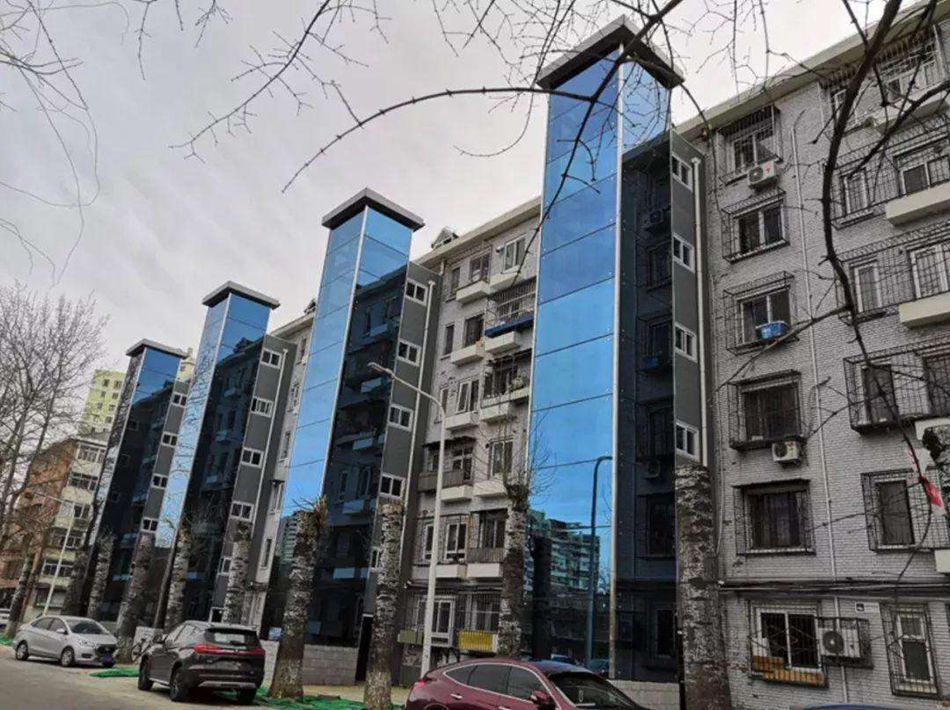
Due to the limited space in this article, we will not elaborate on other potential issues that may arise with the external structure of a box type elevator. We will only discuss the impact of noise. In many places, attempts have been made to build elevator shafts into independent towers, not adjacent to building structures, but by excavating tower foundations and then leading to the main building in the form of corridors. Although this form can reduce the noise impact of elevator startup and operation, it not only poses significant safety hazards, but also poses great construction difficulties and occupies a large area. It also needs to be tailored to local conditions, so its feasibility is not high.
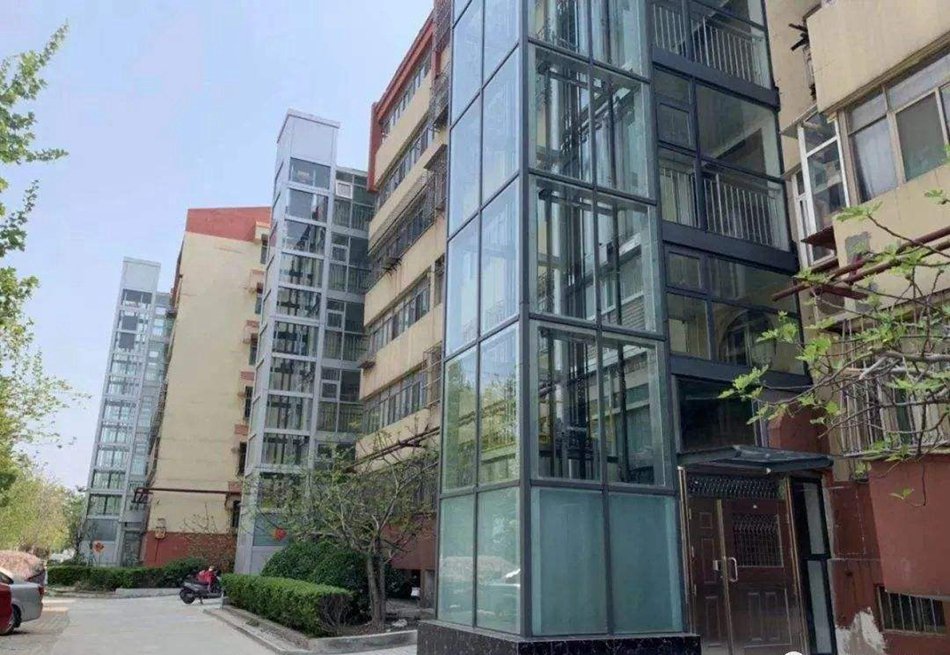
Most old-fashioned buildings still choose to install elevators with external box type elevators that are closely attached to the building. In this case, the operation of the elevator feels good during the day, but in the quiet of the night, the sound of the elevator motor starting and running is really unacceptable. This problem is also widely present in indoor elevator shaft projects. If it is a steel-concrete structure building, the elevator shaft and stairwell are often considered to be placed together in the architectural design. This is also because if the elevator shaft and residents share the same wall, there will be noise effects from elevator operation, which is why it is designed and constructed in this way. Most office buildings adopt steel frame curtain wall structures, which are more inclined towards lightweight prefabricated building structures. Therefore, gypsum board shaft systems are more commonly used, which not only shorten the construction period of prefabricated construction but also lower the cost, and effectively reduce the noise impact of elevator startup and operation.

Gypsum board shaft system is a non load-bearing system fixed by gypsum board on a specially made light steel keel frame. Its main function is to ensure the fire resistance, sound insulation, moisture resistance, and thermal insulation performance of elevator shafts. At the same time, due to the lightweight material properties of the gypsum board system itself, not only is the construction simple and convenient, but it can also effectively reduce the weight of the shaft system itself and reduce the building load.
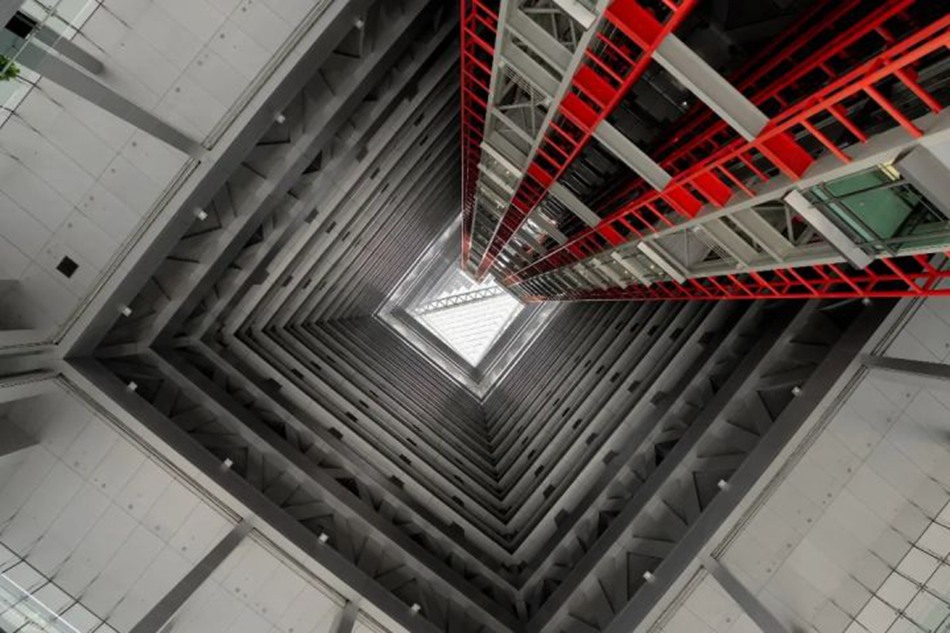
In addition, Jason's independently developed gypsum board shaft system has six main advantages: 1. It does not require blocks or concrete, avoiding problems such as elevator transportation, waste transportation, and surface plastering; 2. Can be installed on any floor; 3. No scaffolding required, installed inside the building, unaffected by construction progress; 4. Greatly simplified compared to existing construction methods; 5. The construction speed is 25 times faster than traditional methods, and the construction cost is greatly reduced; 6. Dry work, flexible walls to avoid piston effects.
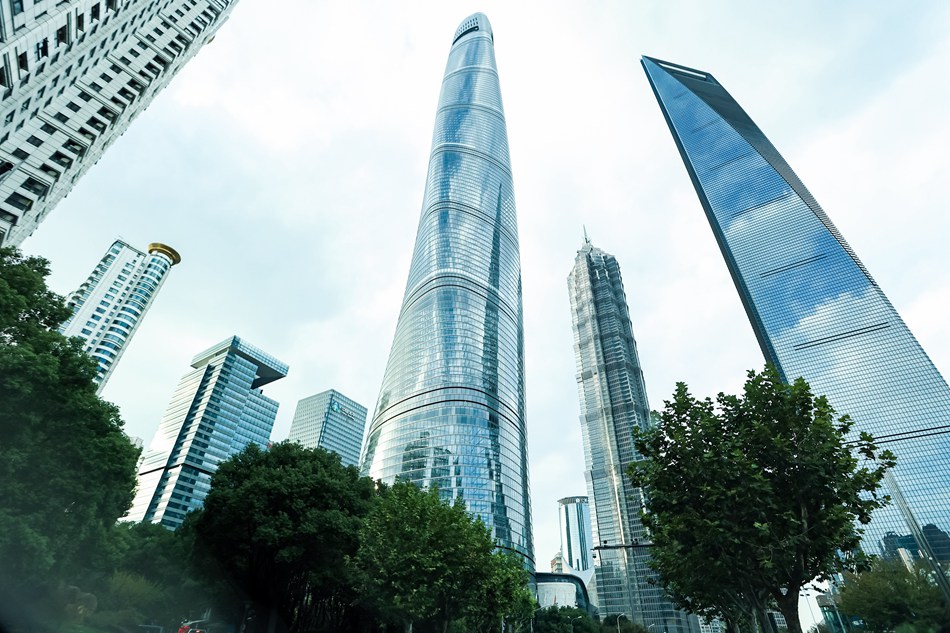
The most successful case of Jason gypsum board hoistway system is its application in the elevator hoistway project of Shanghai center Building, the second tallest building in China in the world, and has achieved good construction and application results. Jason fire-resistant paper faced gypsum board and Jason water-resistant paper faced gypsum board, as typical applications of functional gypsum board, have received unanimous praise from Party A and end users for their comprehensive system construction plan, excellent construction and usage effects, and more durable product performance.
(Some of the images are from the internet. If there is a possibility of infringement, please contact the editor to delete them.)
